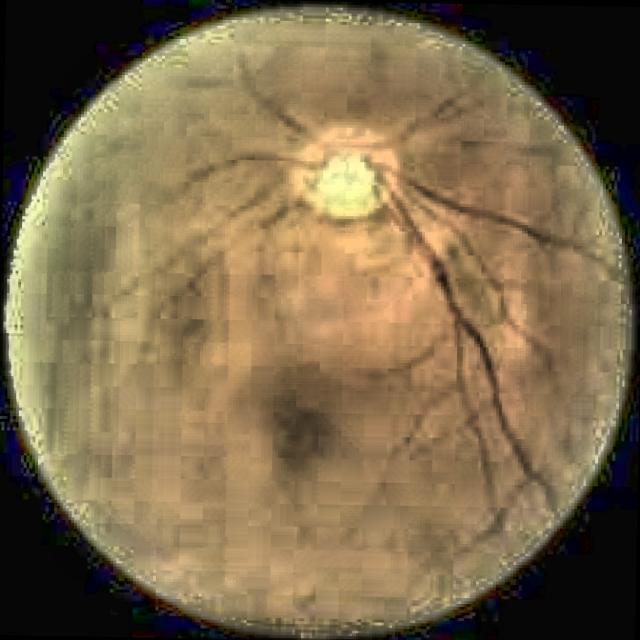A retinal tear is a serious condition that can lead to vision loss if not addressed promptly. Understanding the causes, symptoms, and treatments can help protect your vision and enable timely medical attention. Here is more information on what this condition is, its symptoms, causes, and how to prevent complications:
What Is a Retinal Tear?
A retinal tear occurs when the thin, sensitive tissue lining the back of the eye (the retina) develops a small rip or break. The retina converts light into signals sent to the brain, which allows sight. When a tear forms, it can disrupt this process and create further complications, such as retinal detachment if left untreated.
Retinal tears do not heal on their own. They require prompt medical attention to prevent the risk of vision loss. Early detection is key, as treatment is most effective when performed before complications arise.
What Causes It?
These tears are often caused by changes within the vitreous, the gel-like substance that fills the eye. This substance shrinks as we age, sometimes pulling on the retina, and if the vitreous exerts too much force, it can cause the retina to tear. Other causes of retinal tears include eye injuries, previous eye surgeries, or conditions such as extreme nearsightedness (myopia). People with a family history of retinal problems or those with thinning retinal tissue (lattice degeneration) are also at greater risk.
What Are the Symptoms?
This condition does not always present with noticeable symptoms, but certain warning signs should prompt immediate medical evaluation. These symptoms include new floaters, which appear as small shadowy shapes that drift across your field of vision, and flashes of light, particularly in your peripheral vision. A sudden presence of blurred vision or reduced visual fields may also indicate a tear. If you experience these symptoms, act quickly, as untreated tears may lead to retinal detachment, a more serious condition that significantly threatens vision.
How Can You Prevent Vision Loss?
Preventing vision loss from a tear begins with early intervention. Treatment methods like laser therapy minimize the risks associated with these tears. During laser therapy, precise light energy creates controlled burns around the tear, sealing the retina to the underlying tissue. This procedure reduces the likelihood of fluid passing through the tear, preventing retinal detachment.
Routine eye exams are another helpful step in preventing vision loss. Regular check-ups can help detect retinal tears before symptoms arise. Individuals at higher risk, such as those with myopia, previous eye injuries, or a family history of retinal disorders, may need more frequent evaluations.
Protecting your eyes from injury is also beneficial. Wearing protective goggles during activities like sports or tasks involving hazardous materials can lower the chance of trauma to the eye. This also helps guard against tears.
Protect Your Vision
Retinal tears are a condition that requires early detection and prompt treatment to prevent vision loss. Understanding the causes and symptoms of this condition can help protect your sight. If you notice new visual disturbances or belong to a high-risk group, consult a retina specialist at the earliest opportunity. Early action and regular eye care play a significant role in preventing complications and maintaining clear vision.
- When to See a Foot and Ankle Surgeon
- Top Benefits of Visiting a Vein Clinic for Early Treatment of Vein Issues
- The Intersection of Gynecology and Endometriosis Treatment
- Regenerative Orthopedics for Post-Surgery Healing
- The Role of Pain Management in Living with Chronic Pain
